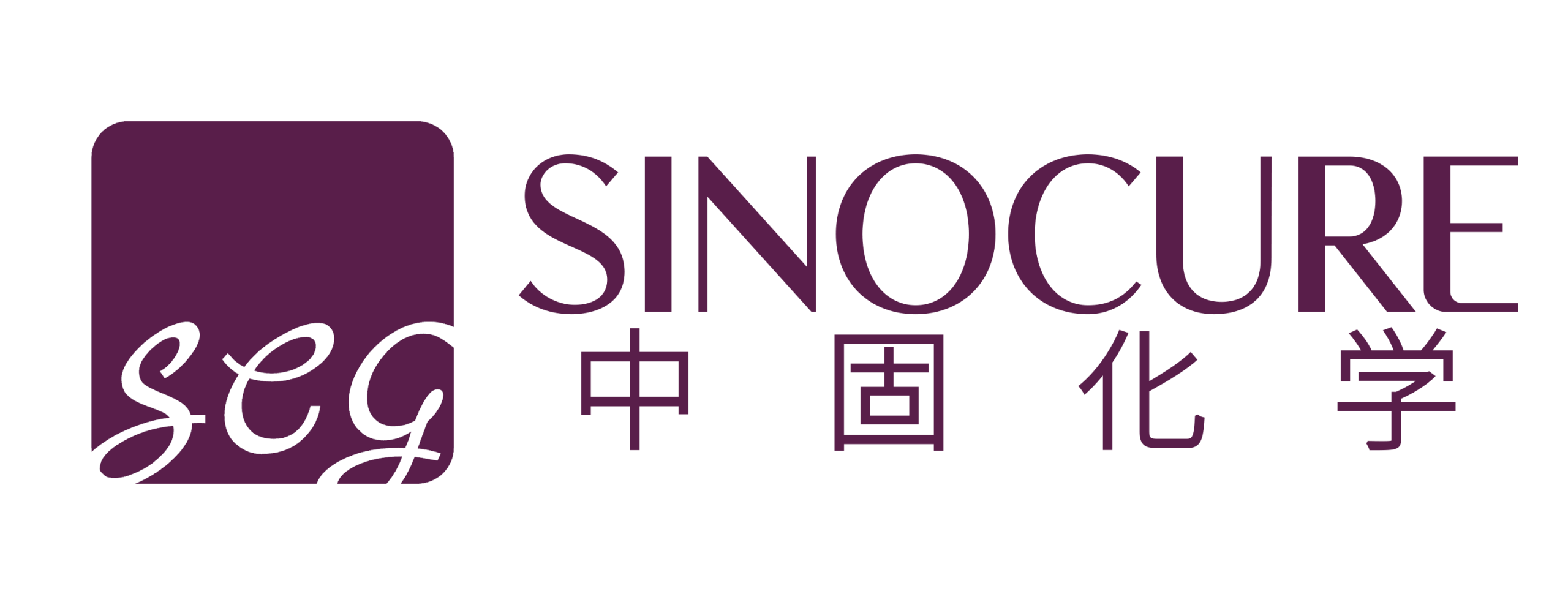Introduction
tert-Butyl peroxybenzoate, identified by its chemical formula C₁₁H₁₄O₃ and CAS number 614-45-9, is an organic peroxide widely utilized in the chemical industry. This compound plays a critical role as a radical initiator in polymerization processes and various chemical syntheses. Its versatility makes it valuable across multiple sectors, though its reactive nature requires careful handling. This article explores tert-Butyl peroxybenzoate (CAS 614-45-9) in detail, covering its chemical properties, uses and applications, benefits, potential side effects and precautions, and manufacturing process. Written for a general audience, the information is presented clearly and accurately, based on reliable scientific knowledge.
Chemical Properties of tert-Butyl Peroxybenzoate (CAS 614-45-9)
tert-Butyl peroxybenzoate is classified as a perester, an ester derived from peroxybenzoic acid. It typically appears as a pale yellow liquid and is often diluted with solvents such as ethanol or phthalate to enhance stability and reduce explosion risks. The compound has a molecular weight of 194.23 g/mol and a density of approximately 1.04 g/cm³ at 20°C. One of its defining characteristics is its self-accelerating decomposition temperature (SADT) of around 60°C. Above this threshold, tert-Butyl peroxybenzoate (CAS 614-45-9) can decompose rapidly, potentially leading to hazardous reactions or explosions. It is insoluble in water but dissolves readily in organic solvents like ethanol and ether. In its pure form, it is shock-sensitive, necessitating strict handling protocols to ensure safety.

Uses and Applications of tert-Butyl Peroxybenzoate
tert-Butyl peroxybenzoate (CAS 614-45-9) is primarily employed as a polymerization initiator, a substance that triggers the formation of polymer chains. It is essential in the production of low-density polyethylene (LDPE) from ethylene, a process widely used to create flexible plastics for packaging. The compound also initiates the polymerization of monomers such as styrene and acrylics, contributing to the manufacture of various plastic materials. Beyond plastics, it plays a key role in crosslinking unsaturated polyester resins, which are integral to industries like automotive and construction. For instance, in the automotive sector, tert-Butyl peroxybenzoate helps produce durable plastic components, while in coatings, it supports the creation of high-performance resins. Additionally, it is used in chemical syntheses, including grafting reactions and the preparation of conformal polymer thin films via initiated chemical vapor deposition, a technique applied in advanced material development.
Benefits of Using tert-Butyl Peroxybenzoate
The use of tert-Butyl peroxybenzoate (CAS 614-45-9) offers several advantages, particularly in polymer production. As a radical initiator, it facilitates the creation of high-quality polymers with improved thermal stability and mechanical strength, making them suitable for demanding applications. Its effectiveness at elevated temperatures allows it to perform well in industrial processes where precise conditions are required. Another benefit is its compatibility with other initiators, enabling manufacturers to fine-tune polymerization reactions for optimal outcomes. Furthermore, tert-Butyl peroxybenzoate can initiate polymerization at relatively low concentrations, which may reduce material costs in large-scale production. These properties make it a valuable tool in industries ranging from packaging to automotive manufacturing, where durable and reliable materials are essential.
Potential Side Effects and Precautions
While tert-Butyl peroxybenzoate (CAS 614-45-9) is highly effective, it poses notable health and safety risks due to its reactive nature. Contact with the skin, eyes, or respiratory system can cause irritation, and prolonged exposure may lead to more serious health effects. As an organic peroxide, it is highly reactive and can become explosive under certain conditions, such as exposure to heat, rapid temperature increases, or contact with organic materials. Its classification as a hazardous substance subjects it to strict regulatory oversight, including compliance with frameworks like REACH in the European Union and OSHA standards in the United States. To mitigate risks, tert-Butyl peroxybenzoate must be stored in cool, dry conditions, away from heat sources, flames, and incompatible substances. When handling this compound, individuals should wear personal protective equipment, including gloves, goggles, and masks. In the event of accidental exposure or spill, immediate action—such as rinsing affected areas with water and seeking medical attention—is critical to prevent harm.
Manufacturing Process of tert-Butyl Peroxybenzoate
The production of tert-Butyl peroxybenzoate (CAS 614-45-9) involves a chemical reaction known as acylation. Specifically, tert-butyl hydroperoxide is reacted with benzoyl chloride to form the perester. This process typically requires a significant excess of tert-butyl hydroperoxide to drive the reaction forward. During the reaction, hydrogen chloride is produced as a byproduct, which is removed under vacuum to ensure a high yield of tert-Butyl peroxybenzoate. The manufacturing process is conducted in a closed system to minimize exposure to air and moisture, both of which can compromise the compound’s stability and safety. Strict control over reaction conditions, such as temperature and pressure, is necessary to produce a high-quality product while preventing unintended decomposition or hazards during synthesis.
Conclusion
tert-Butyl peroxybenzoate (CAS 614-45-9) is a significant compound in the chemical and polymer industries, valued for its ability to initiate polymerization and crosslinking reactions. Its contributions to producing high-quality plastics and resins are undeniable, with applications spanning packaging, automotive components, and advanced coatings. However, its reactive properties demand careful handling and storage to avoid health risks and safety incidents. By understanding the chemical properties, uses, benefits, and precautions associated with tert-Butyl peroxybenzoate, individuals and industries can harness its potential effectively and responsibly. This overview underscores the importance of balancing its industrial utility with the necessary safety measures to ensure its safe application.

